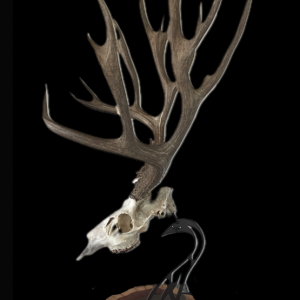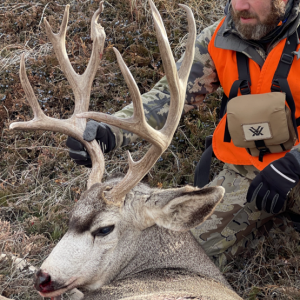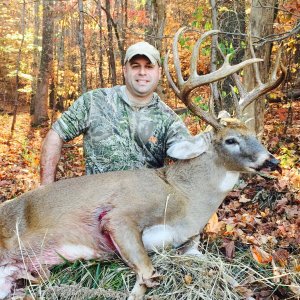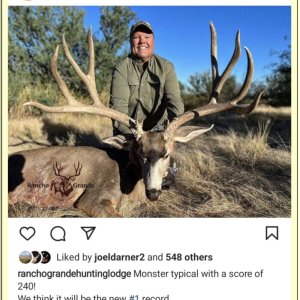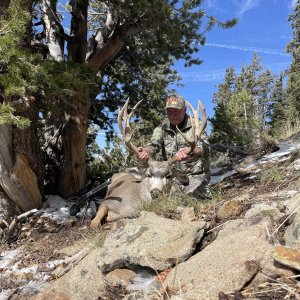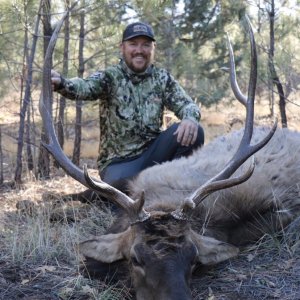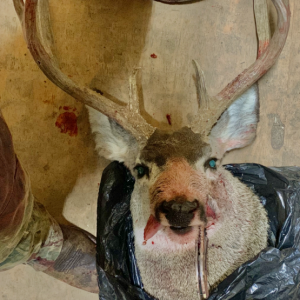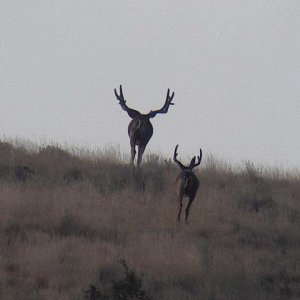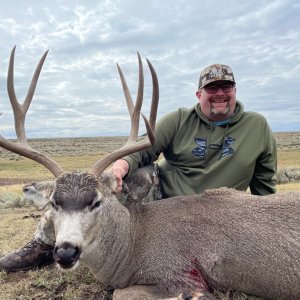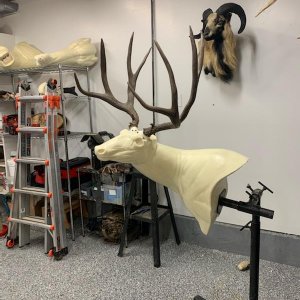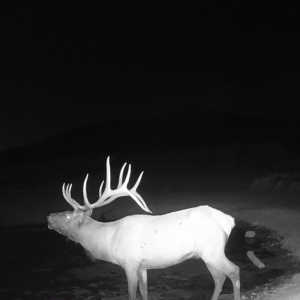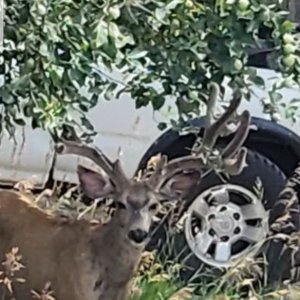elkhunterUT
Very Active Member
- Messages
- 2,850
After watching the Utah Wildlife Board working session yesterday, I was even more convinced that Utah's elk management needs a complete overhaul and should be governed by bull to cow ratio rather than age objective. Mike Wardle, the biologist over some of the best units in the state (Beaver, Pahvant, etc.) shared that their latest classification flight with helicopter indicated that the Beaver unit had over 84 bulls per 100 cows. He also said that those flight counts are often low because of the challenge with finding/seeing all bulls in the unit - he felt like the bull to cow ratio could actually be nearer to a 1:1 bull to cow ratio 
I personally hunted the Pahvant unit in 2020 - there were a TOTAL of 54 LE bull tags for ALL hunts on the unit if I am remembering correctly. When I talked to Mike Wardle before applying for my hunt, he told me that several hunters in 2019 had killed 2-3 year old bulls on the Pahvant, which obviously drags down the average age of bulls killed and "artificially" shows that the unit is not meeting age objective. So what happens? The biologist's hands are tied on recommending increased tag #'s for the unit, even when bull to cow ratios are beyond crazy and there are a crapload of 320-330 bulls running all over the unit that MANY hunters would be elated to kill.
Here we are 2 years later and the proposed # of tags on the Pahvant is 53 LE bull tags. I guarantee you based on my own experience and the # of bulls I saw during my scouting and hunting, that this unit could SIGNIFICANTLY increase the number of bulls harvested if we managed for bull to cow ratio rather than age objective.
On these more premium units that manage for a 7-8 year old bull, there is an overabundance of surplus bulls that are not being harvested but biologists HAVE to manage the herd to an age and a specific herd #, so we kill cows (and some spikes) to keep the herd at or under objective and limit mature bull harvest to keep the age objective. This leads to a bull heavy herd and adversely impacts future production.
The herd suffers and ultimately we as hunters do as well. We are pissing away opportunity every year on these units and not addressing point creep issues because idiots and special interest groups full of greed want their 400" bull because they have waited 25 years for it and that is how we have managed things in the past.
It is FAR beyond time to piss off these greedy people and blow things up in Utah for the benefit of the elk and not the greedy hunter!!! I hope the new Elk committee has the juevos to address this issue along with addressing season dates to pull the most successful weapons out of the most vulnerable times for elk.
I personally hunted the Pahvant unit in 2020 - there were a TOTAL of 54 LE bull tags for ALL hunts on the unit if I am remembering correctly. When I talked to Mike Wardle before applying for my hunt, he told me that several hunters in 2019 had killed 2-3 year old bulls on the Pahvant, which obviously drags down the average age of bulls killed and "artificially" shows that the unit is not meeting age objective. So what happens? The biologist's hands are tied on recommending increased tag #'s for the unit, even when bull to cow ratios are beyond crazy and there are a crapload of 320-330 bulls running all over the unit that MANY hunters would be elated to kill.
Here we are 2 years later and the proposed # of tags on the Pahvant is 53 LE bull tags. I guarantee you based on my own experience and the # of bulls I saw during my scouting and hunting, that this unit could SIGNIFICANTLY increase the number of bulls harvested if we managed for bull to cow ratio rather than age objective.
On these more premium units that manage for a 7-8 year old bull, there is an overabundance of surplus bulls that are not being harvested but biologists HAVE to manage the herd to an age and a specific herd #, so we kill cows (and some spikes) to keep the herd at or under objective and limit mature bull harvest to keep the age objective. This leads to a bull heavy herd and adversely impacts future production.
The herd suffers and ultimately we as hunters do as well. We are pissing away opportunity every year on these units and not addressing point creep issues because idiots and special interest groups full of greed want their 400" bull because they have waited 25 years for it and that is how we have managed things in the past.
It is FAR beyond time to piss off these greedy people and blow things up in Utah for the benefit of the elk and not the greedy hunter!!! I hope the new Elk committee has the juevos to address this issue along with addressing season dates to pull the most successful weapons out of the most vulnerable times for elk.





